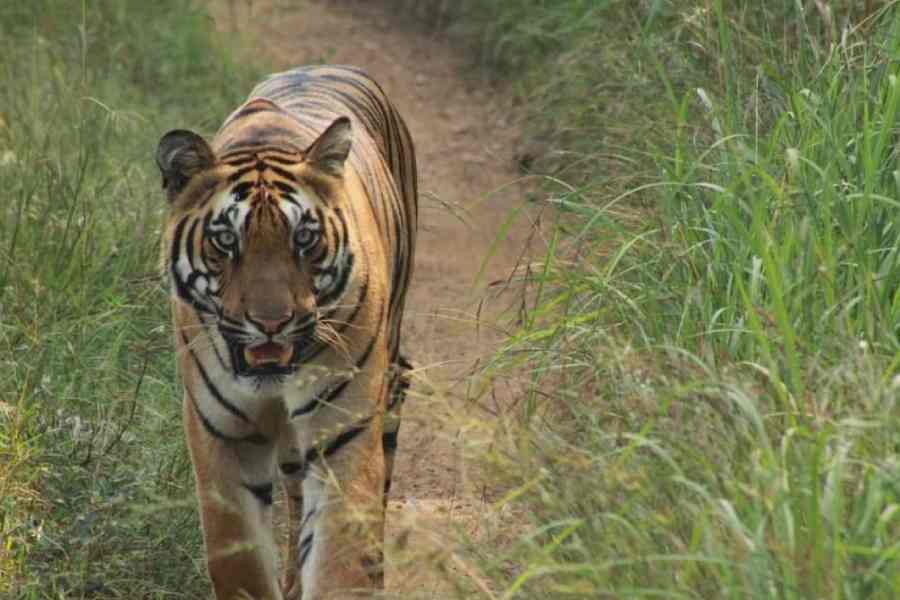A set of data involving tigers and another study on lions have unveiled the diversity of challenges that confront conservation efforts in India. Wildlife authorities have documented 182 tiger deaths in the wild in 2023. Worryingly, the figure suggests a rise of 50% in terms of fatalities over the previous year. The year, 2022, had recorded 121 tiger deaths; there were 127 such demises in 2021. What is especially concerning is the researchers’ belief that the actual death toll may be higher and that poaching had a hand in many of these fatalities. The cause of death could be established in only 13.8% of cases, with nearly half of these deaths being attributed to poaching. Poachers drew tiger blood in Madhya Pradesh, Maharashtra, Andhra Pradesh, Bihar, Kerala, Tamil Nadu and Uttarakhand. Lions in Gujarat’s Gir forest are dealing with a different kind of challenge. Private land is being used around Gir for illegal lion tourism, heightening the chances of lion attacks on humans and, in turn, putting the lives of these felines in danger on account of the possibility of retaliatory human action.
India has done exceptionally well in terms of conserving — reviving — the depleted populations of these two big cats. Over 3,000 tigers now roam India’s wilds; the lion population in Gir has touched nearly 700. But the two species share some common threats. The expansion of the geographical range for both lions and tigers has not kept pace with the rise in their numbers. This is putting inordinate pressure on surviving populations, heightening the possibility of not only intra-species conflicts over territory but also the chances of human-animal contestations. The call by conservationists to relocate some lions from Gujarat to Madhya Pradesh to safeguard gene pools and as a protection against disease has gone unheard at policy levels in spite of an order by the Supreme Court. On most occasions, the thrust on conservation continues to prioritise numbers over the creation of sustainable habitats that can support healthier but smaller populations. Poaching, of course, remains a predatory threat. The case for transnational alliances to check the illegal but lucrative trade in animal parts must be explored with renewed vigour by New Delhi.











